Can LED Lights Improve Mood?
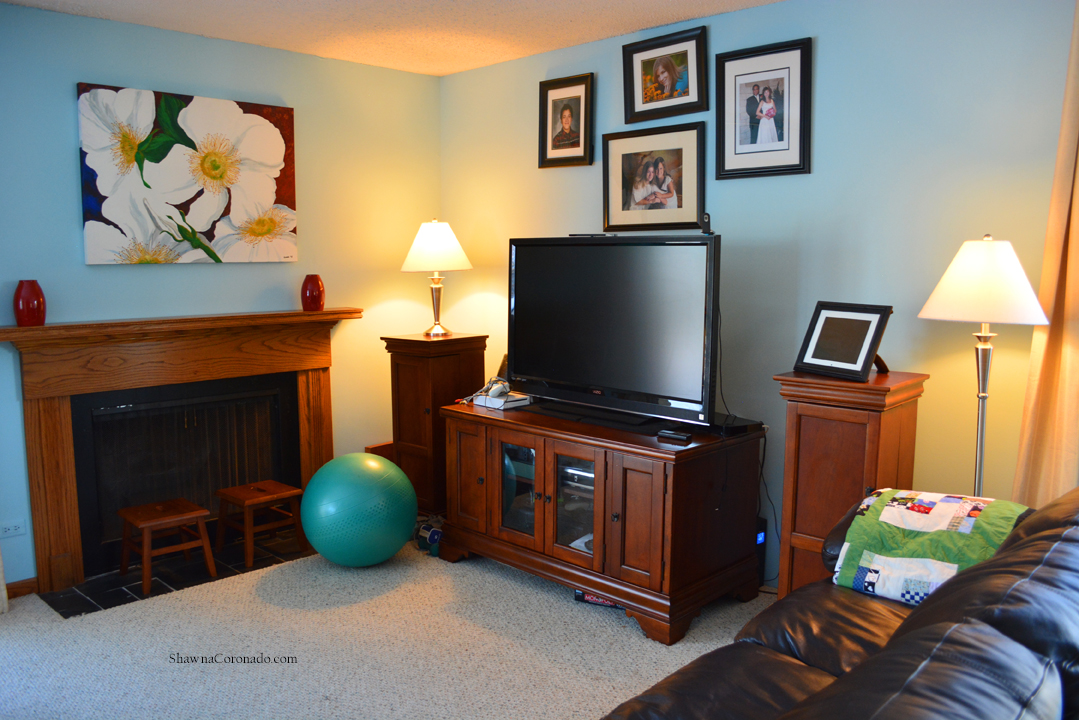
Without a doubt, the fastest way to deflate your day is to be stabbed harshly and uncontrollably with osteoarthritis pain. Maintaining a positive outlook and keeping your mood lifted becomes increasingly difficult when faced with chronic pain. When I was diagnosed last season I decided I would #nevergiveup and conducted several experiments to see what the most effective way is to improve mood and help my spinal osteoarthritis pain. Here’s what I did to help improve chronic pain; switched to an anti-inflammatory diet, walked one hour daily, gardened therapeutically, and increased the lumin output of the lights in my Chicagoland home.
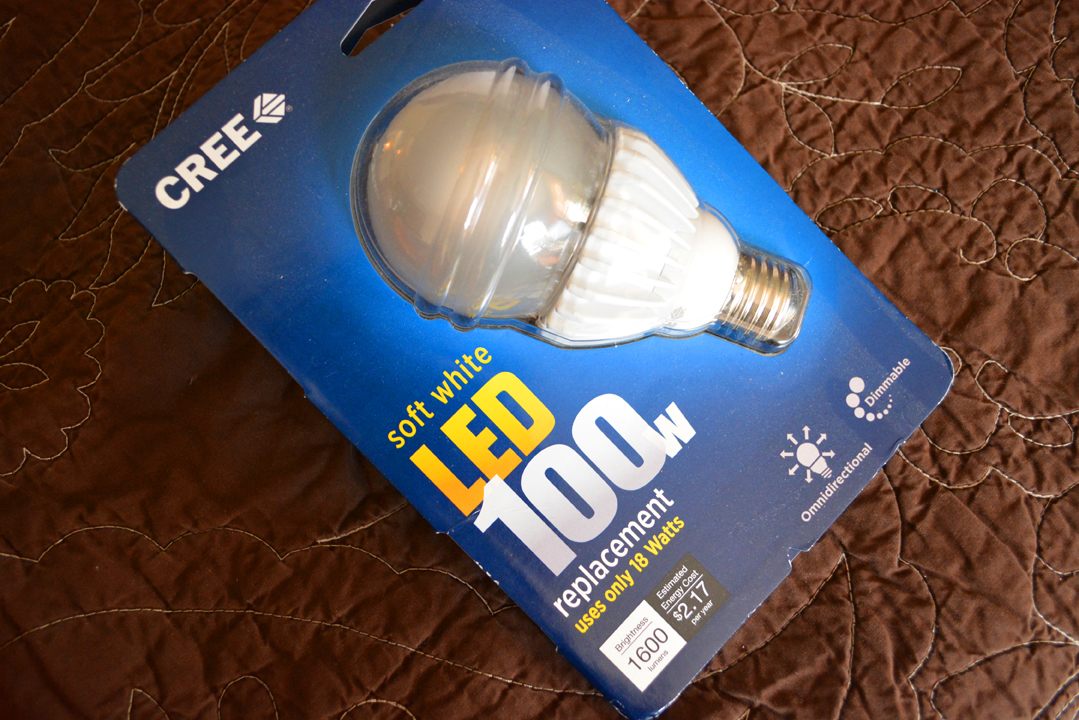
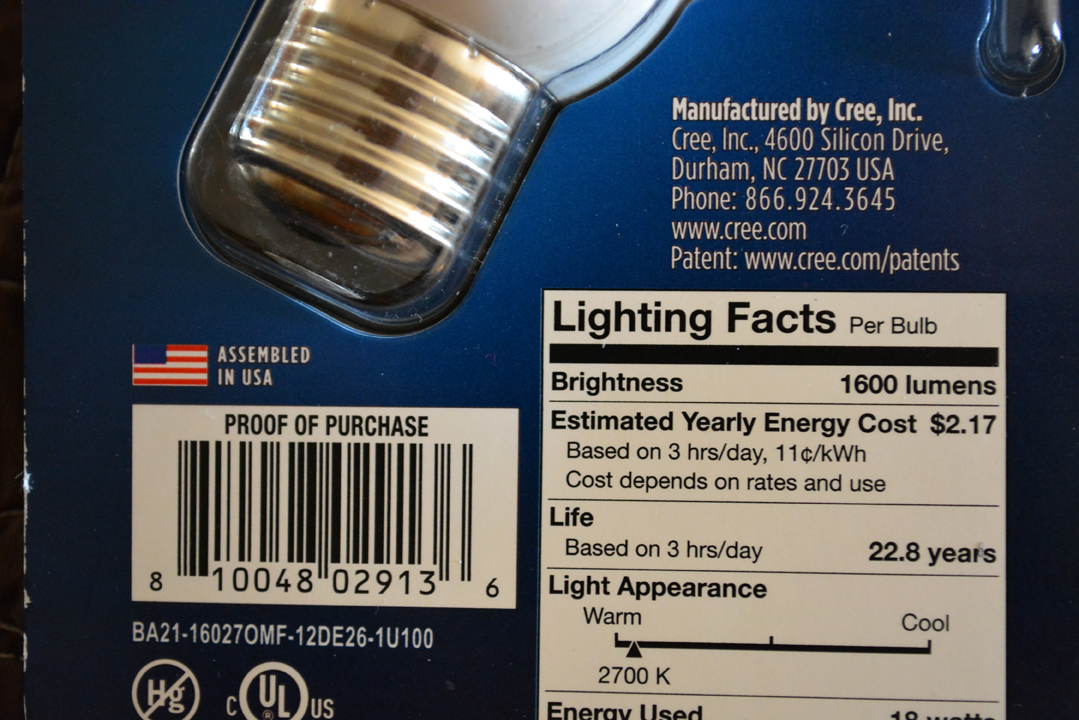
Dr. David Edelberg, M.D., confirms in his book, The Triple Whammy Cure that when we increase serotonin levels, we are better at tolerating all types of physical and emotional stress. Sunlight exposure is the number one drug-free way our bodies create additional serotonin according to Dr. Edelberg, but exercise, diet, and laughter can also stimulate increased levels of serotonin. With Dr. Edelberg’s theory in mind, I increased exercise, switched up my diet, and experimented with light. Sunlight is best, of course, but when we live in the light-deprived Northern part of the country we are more light-deprived than most, therefore any type of light exposure in the daylight range will give a much-needed emotional boost.
When I was diagnosed I contacted CREE Light Bulbs to see if they would help me with a non-scientific experiment; if we switched out the lower lumen Compact Fluorescent Bulbs (CFL) in my home with the much higher lumen CREE LED bulbs would it truly increase the brightness exposure level and would it help me along with my other therapy to improve my mood in order to assist with chronic pain? LED’s are better for the environment because they do not have toxic mercury in their structure. CREE sent bulbs out for my kitchen (below), living room (top), and bedroom and I tested my theory.
My goal was to conduct the non-scientific experiment for more than six months over fall and winter and see what would happen. I switched the old mercury-filled CFL’s out and immediately noticed a huge increase in the light exposure in the areas of the house I frequent the most; almost double what the exposure was before. I also made a huge effort to get outside as often as I could on sunny days for even more light exposure. Normally, in the cold months of December, January, and February I suffer from a condition known as Seasonal Affective Disorder (S.A.D.). During these months I often feel depressed and sad, anxious, unable to cope, and I suffer from insomnia. This year, for the first time in 20 years, I did not suffer from S.A.D. – I’m sure it was a combination of better diet, exercise, and increased light exposure.
My pain is down by 75% without addictive prescription pain medications and now I have far more good days than bad thanks to diet, exercise, and light exposure. This combination has helped me survive winter in a positive way. What does this experiment mean for you and your chronic pain? It could mean a significant lifestyle change for the better. My suggestion is to conduct your own experiment and see what works best. Switch to an anti-inflammatory diet with your doctor and nutritionist’s guidance, move your body as much as possible to get exercise, and expose yourself to light in the daylight range as often as possible. Conduct the experiment for at least six months and document the results. You are the only person who can help make a difference for yourself so #nevergiveup and get up every morning with the mindset that you are going to make an effort.

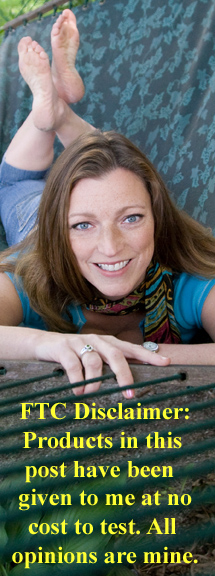
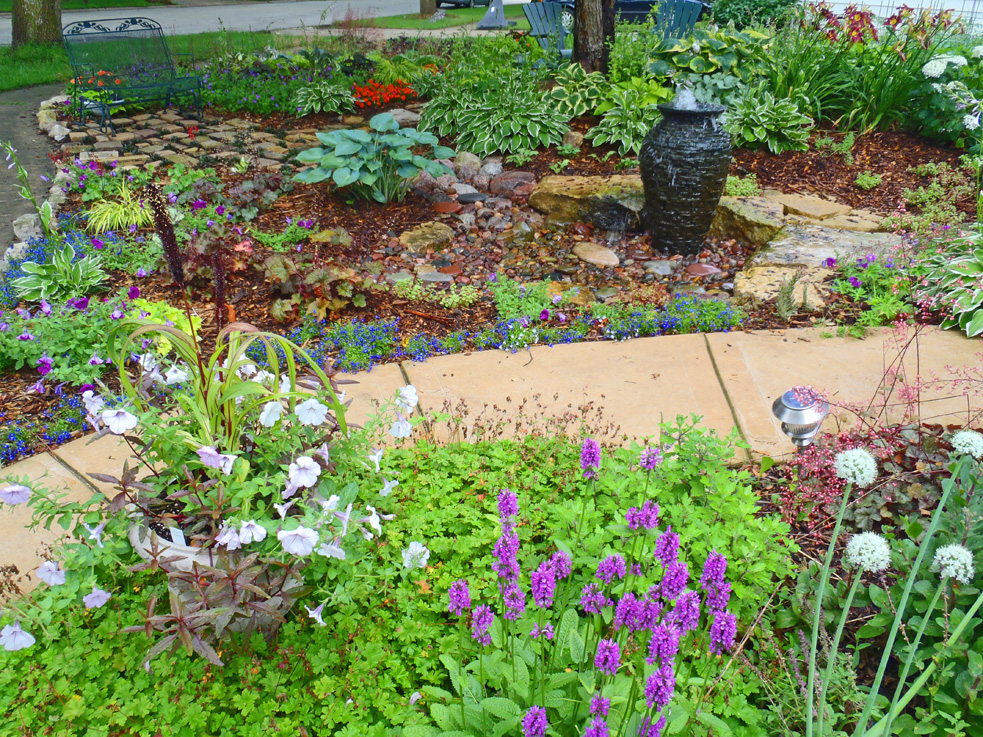


I am again suffering from pain in my lower back and hip and knee. I had 10 weeks of physical therapy for a similar pain last fall. I’m not in cronic pain. Just pain when I try to walk. I’m am very interested in your article about LED lights and especially CREE Led lights. I know that diet and walking will make a different and I have started yoga again. Thank you for extra motivation .